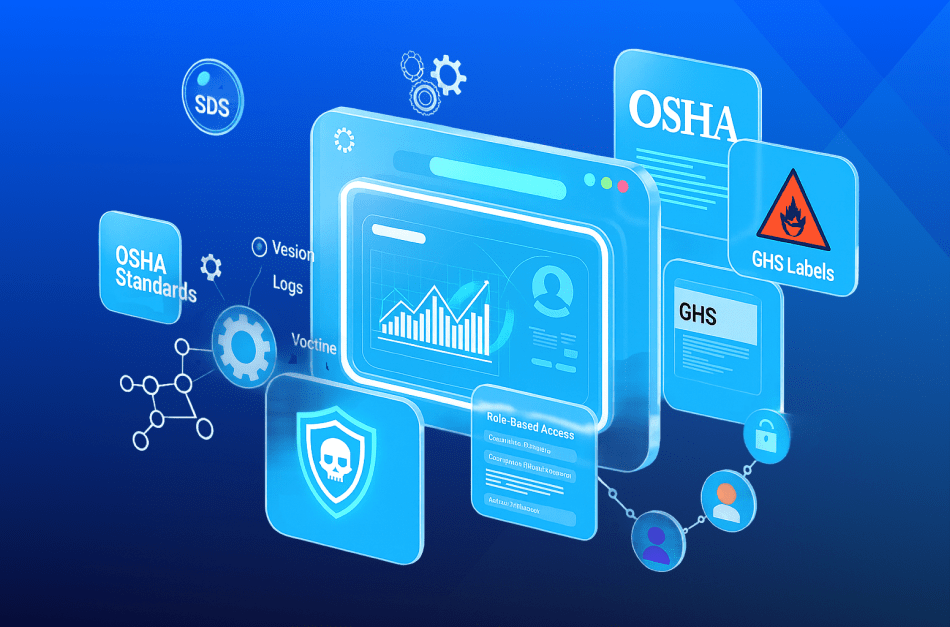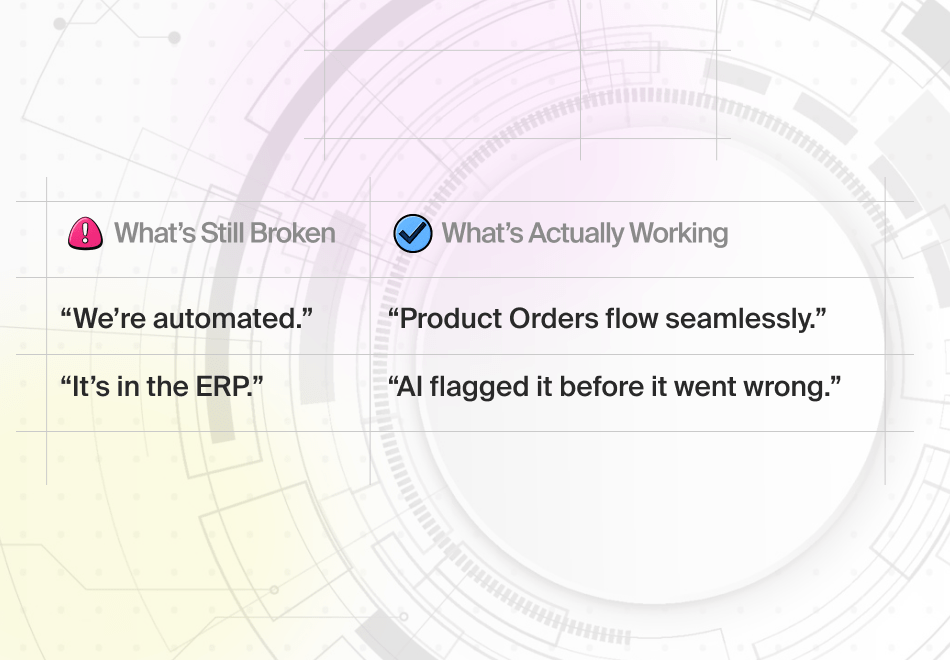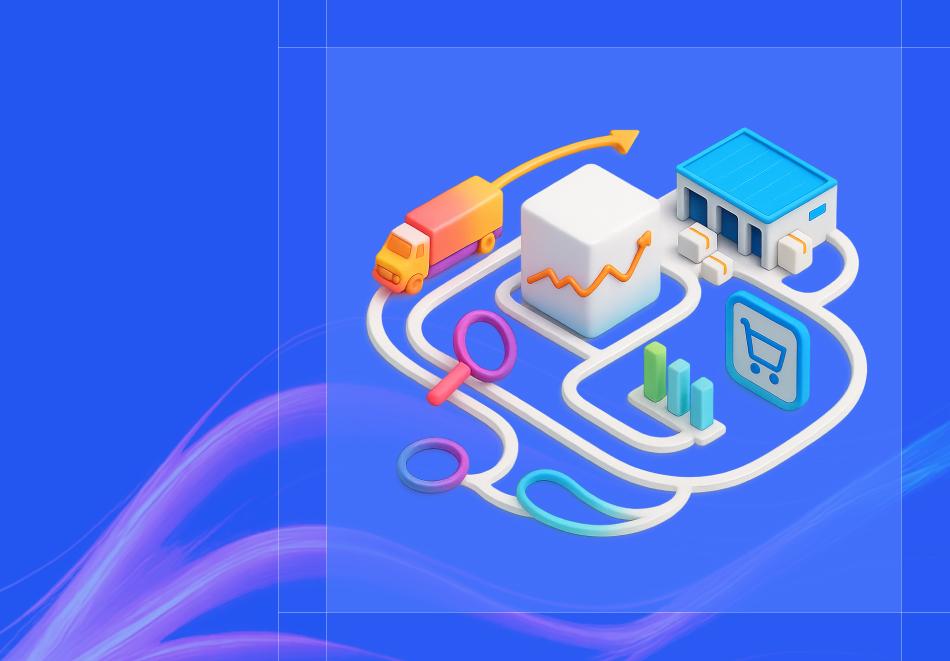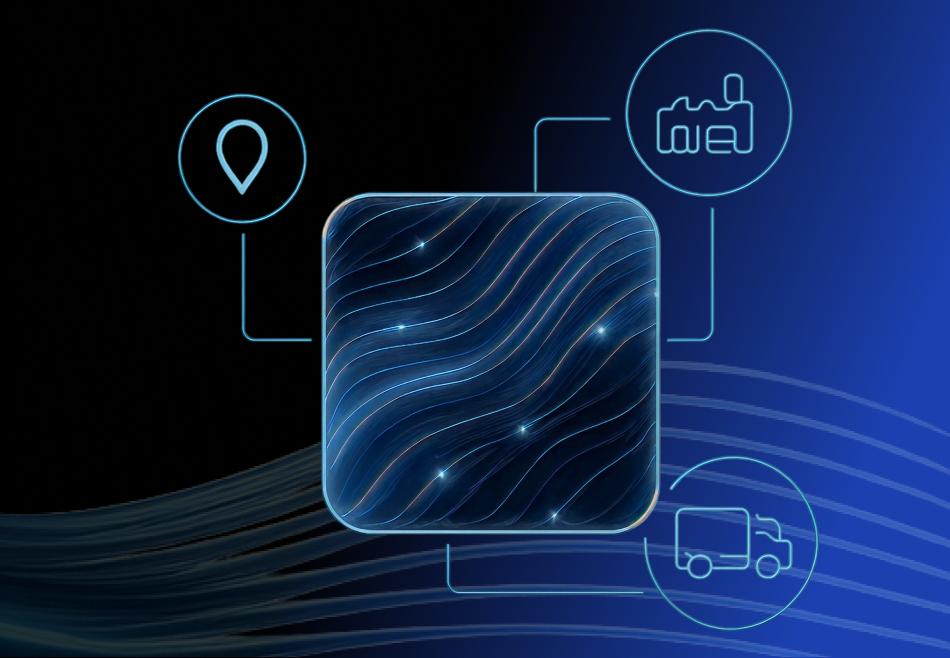At a Glance
- Many organizations that fail to recognize supply chain as a strategic business function, tend to not move to a digital supply chain and lose out on the benefits that come with the transformation.
- Traditionally, manufacturing companies have treated supply chain as a transactional function, a bargaining chip to reduce price and secure on-time delivery of raw materials. The modern supply chain is viewed as a strategic asset to the organization, integrated deeply with other business functions, aimed to increase customer satisfaction.
- Companies unable to track hidden costs across the supply chain lose track of actual costs, damaging their bottom line. Proper supply chain monitoring can save anywhere from 20-30% of distribution costs.
The Supply Chain Challenge
Supply chain management is one of the most critical elements of success for any business in today’s global market. However, its application is undermined by many companies as business leaders face challenges to control the cost of a supply chain without compromising on its efficiency. Since COVID-19 we have witnessed drastic changes in methods and methodologies for streamlining supply chain operations. It, however, doesn’t take away some key fundamentals required for healthy functioning of a company’s supply chain and inventory management.
According to the Logistics Bureau, for companies running global operations, their supply chain cost could rise as high as 90% of their total expenditure.
The Supply Chain Slowdown
The problem lies in poor strategic management. Supply chain managers are focusing on cost minimization, most of them without having detailed field knowledge of how the system works, and the result is it is impacting other areas of the process such as inventory optimization, ‘on-time delivery in full (OTDIF)’ and customer satisfaction. Trying to improve one KPI is resulting in a cost spike in other areas of operations, which can have a long-term impact on revenue.
FIGURE 1 Where Business Leaders are Falling Short

A robust supply chain needs strategic alignment and planning in line with the overall business functioning. For example, in order to control cost, you need to first understand the key drivers of cost in the supply chain and most importantly how to measure the supply chain cost. While the strategy is important, establishing an integrated supply chain requires a synchronized approach to planning, execution, and application of technologies in order to create an end-to-end unified system across the entire organization.
FIGURE 2 Key Elements of an Integrated Supply Chain

In this article, we will touch upon some interesting facts that make an appealing case as to why the Supply Chain strategy needs to be digitally enhanced and properly integrated with other parts of the business.
Switching from Traditional to Next-Gen Digital Supply Chain
The rapidly evolving business landscape is disrupting the way companies function. Moreover, the advent of the latest technologies and growing competitive markets are driving companies to push their limits and redefine supply chain operations.
Is your business ready to embrace a digital supply chain as a key distinguishing factor for its competitive advantage?
Most SMBs are holding back the transformation due to the fear of possible risks that could surface. Per our industry experience, it’s due to the age-old perspective in which company leadership is analyzing their supply chain. In most of the cases, we found that they are way behind the entire purview and don’t realize the true potential of a well-integrated, technologically advanced supply chain.
Traditionally, business leaders focused on pricing and product quality, but priorities today have completely shifted. Major Objectives and Key results of organizations are geared towards optimized supply chain and operations to boost businesses forward. With Industry 4.0, advanced analytics, and robotic process automation rising, companies are realizing the need for an integrated supply chain. This has become even more true as the Covid-19 crisis continues. Demand planning and fulfillment, supplier-customer relationship, customer retention, on-time delivery are some of the major expenses of a company. An efficient supply chain not only helps with cost reduction in these segments but also ensures growth, profitability, and customer satisfaction.
Top Reasons to Upgrade Your Operations with a Next-Gen Digital Supply Chain:
Shifting from a plant-level production planning to a demand-driven focus with customer-centric mindset but not compromising with the product quality
Getting rid of outdated processes and technology to match the transforming global business landscape
Reducing cost to formulate a more efficient value chain to remain cost-competitive in the market
Ability to outsource parts of your supply chain process in order to reap economic benefits and superior supply chain network design
Achieving more efficient product lifecycle management
Collaboration with stakeholders to integrate business processes for increasing visibility throughout the value chain
The Impact of Supply Chains
An integrated supply chain influences the overall functioning and improves profitability of the business. Going digital and increasing interoperability across these functions sets a business up to accelerated growth. Let us discuss a couple of key areas that are impacted by a well designed supply chain.
FIGURE 3 Upgrading the supply chain will improve your bottom line

01. Supply Chain and its Impact on Customer-Centricity
When business leaders discuss improving their supply chain, their main focus is usually related to accelerating growth by cutting down costs, achieving better lead time, and ensuring on-time delivery; as all these factors contribute towards business development. What slips from their mind is what customers really care about. It all starts and ends with customer satisfaction. Delivering the right product at the right time improves your organization’s brand value and credibility to customers.
What the customer cares about is receiving quality products on the promised delivery date without having to spend too much time or effort. This can be seen in Amazon’s announcement of one-day delivery. Late and inaccurate deliveries bear a significant impact on customer loyalty.
70%
of industry professionals predict that their supply chain is going to be a key driver of improved customer satisfaction by the end of the year.
Source: Accenture
Your procurement division must understand the importance of cost-saving, but they need to be in line with the expectations of the customers and procure quality raw material for manufacturing the items. If expectations on raw material quality is not set, you could save money purchasing raw materials upfront, but end up spending more in the long run.
Let’s take a look at Kimberly-Clark’s journey to understand this better:
Kimberly-Clark is a manufacturing-focused organization that up to a few years ago did not have a supply chain division. Sandra MacQuillan, their first Supply Chain Officer, built a solid team to ensure the supply chain was focused on customer satisfaction. In the process, she integrated various functions such as procurement, quality (know more on quality management by clicking here), logistics, manufacturing, safety, etc. that are interconnected and delivered for one common goal – that is customer satisfaction.
Kimberly-Clark was able to achieve 25-30% cost savings by interconnecting various aspects of the Supply Chain, focused on better customer service, resulting in improved efficiency.
If you connect with the issues faced by Kimberly-Clark, or your supply chain is functioning in silos, it could be the best time to make a change. You can take this opportunity to update and integrate your supply chain with overall business functions and work towards a common goal like customer Satisfaction. A strongly integrated application will have the ability to incorporate holistic business functions including analytics, collaboration with notification, secure information sharing, control-based decision making using Artificial Intelligence, and more.
FIGURE 4 KPIs that are critical for supply chain monitoring

02. The Role of supply chain in sustaining business long term
According to the Logistics Bureau, nearly 50% of companies shut down within the first five years of operation. One critical factor contributing to these failures is an inefficient and poorly conceived supply chain. Supply chains in most organizations have evolved as a practice, rather than a well-designed process.
79%
of companies with robust and high-performing supply chains are able to outperform their average peers in terms of higher revenue growth. This fact signifies the positive implication of a connected supply chain for a business.
Source: Deloitte
5 Steps to Integrate your Supply Chain
Break down organizational silos
For an effective, integrated approach to Supply Chain Management (SCM) the organization must operate end-to-end as a unified entity.
01
Define organizational objectives
Move beyond basic business and functional unit design and metrics. Look at the organization holistically and define the objectives as a complete entity.
02
Align business processes
Take a cross-functional approach to business process design. Start at a high level and map out the supply-chain flow with the goal of creating an end-to-end mapping of the business process.
03
Design the IT architecture to support an integrated approach
Leverage a cross-functional approach to IT systems design. As much as possible, standardize the organization in terms of the applications that are used. Seek to eliminate as many disparate applications as possible in favor of a common set of applications across the business.
04
Reshape leadership and culture
For most organizations, the major roadblock in delivering an integrated approach to supply-chain management is culture change. Change of this magnitude must be driven by solid leadership. There should be strong collaboration to drive the effort to deliver an integrated supply-chain organization.
05
Final Thoughts
There is no way the importance of an integrated Supply Chain should be overstated or undermined. If you or your organization have not prioritized your supply chain efforts, it’s never too late to take the first step.
An intelligent ERP software comes with a holistic supply chain module along with advanced analytics to support the following functionality.
- A manufacturing execution system
- Financial and cost accounting
- Inventory and warehouse management
- Purchasing and planning of materials
- Product information management
- Sales and marketing of the products
- Transportation and logistics management
In order to push a company forward especially post-COVID-19, a sound digital supply chain strategy would be needed.
Do not let operational inefficiencies limit your business, long-term goals








